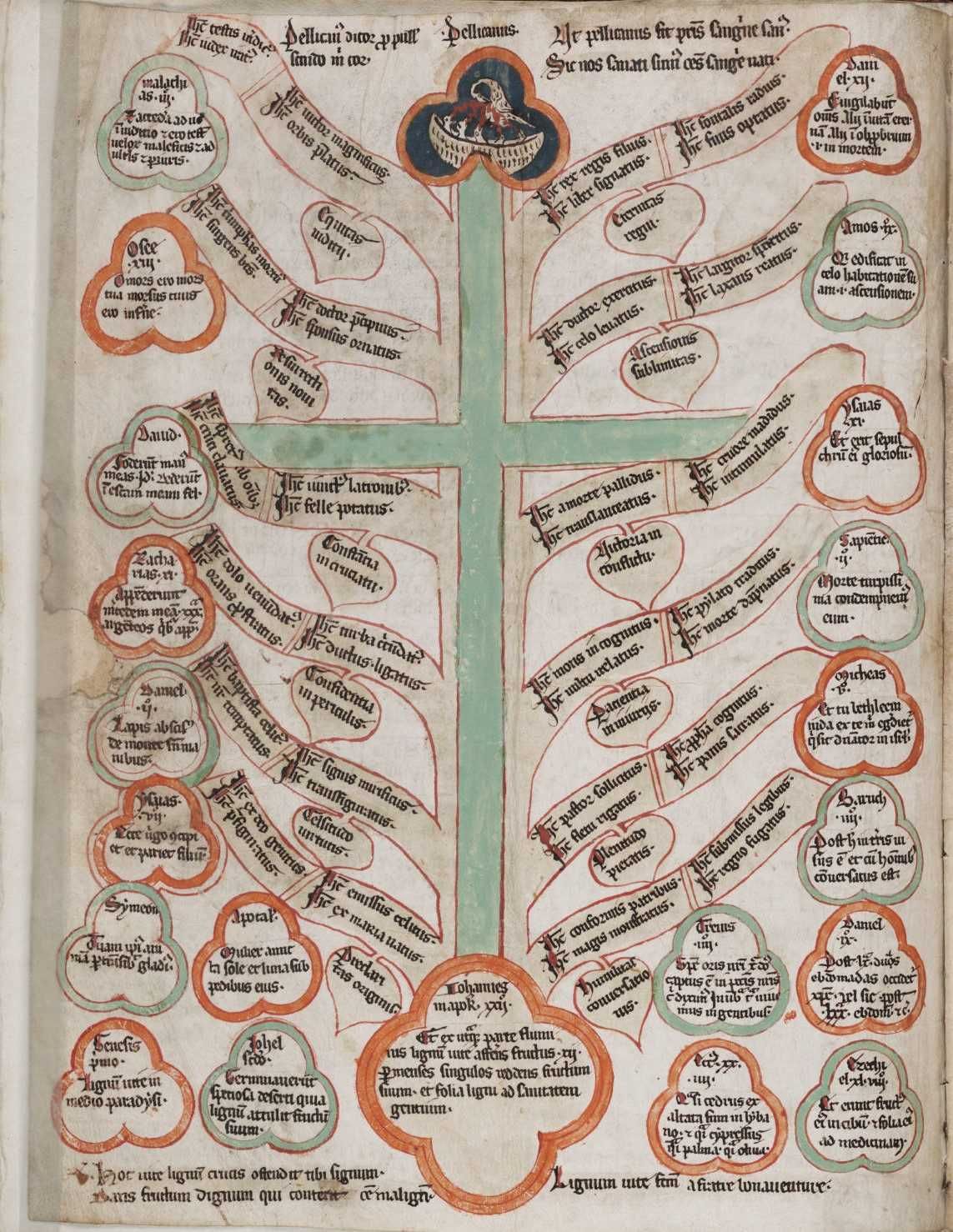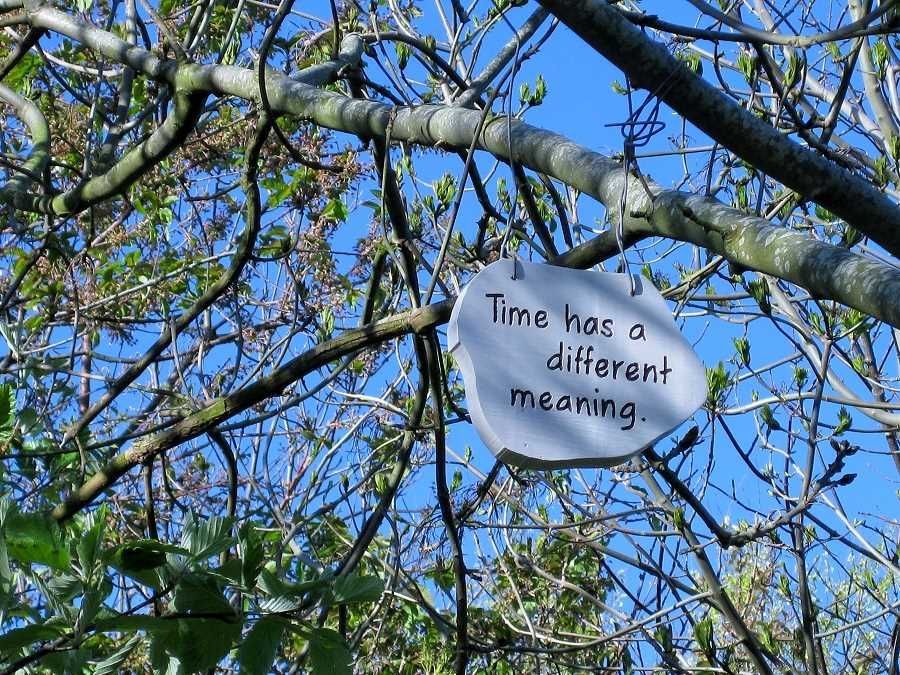Griffin Coe
COVID CLOUDS (2020) Robert Lawrence
It might well have been an oak tree with its branches spread out from the main trunk and the words hanging on the branches like flowers or fruits. But this tree is not an ordinary type of tree; it is the tree that grows on the pages of a manuscript used by medieval monks as an aid for meditation and for the study of scriptural texts. It was first used by a great theologian, St Bonaventure (1221 – 1274) who called it ‘The Tree of Life’ or Lignum vitae.1
The Tree of Life can be a symbol of the celestial paradise as well as human life. In times of uncertainty, human beings are drawn to the enveloping security and the resilient beauty of forests and trees as a place of refuge. Their age and majesty earns our respect and gives us the illusion of a protective and comforting presence.
1 The name ‘The Tree of Life’ comes from the bible. One of the leaves in this illustrated tree diagram also contains a text from the Bible: "And on both sides of the river was the tree of life, bearing twelve fruits, yielding its fruits every month: the leaves of the tree for the healing of the nations." (Revelation 22:2)
They could be seen as totems or an embodiment of spiritual power that can fulfil the wishes of the people.
The clouds with written words resemble the clover-shaped fruits of the Lignum vitae from the manuscript. Just as the Tree of life was made to assist meditative visualisation for the monks, this installation is designed to ponder and bring before the eyes of the viewer the questions and challenges of the global pandemic and how surprisingly easy it is to find our way of life so rapidly altered and brought to a standstill.
We pass through the woodland with spring’s breezes whispering through the grass, rustling the leaves and the branches, the sun’s rays piercing the foliage and showing the trees in an ever-changing light. We pause, read the signs on the branches during our lockdown walks, and seeing these signs in the wood makes us slow down and think about things at the heart of the matter. By doing so, it offers us some degree of solace in unfortunate times. This art installation gives the viewers perspective and makes sense of their journey in which we are reminded that the nature can more easily face the future without us than we can without it.
Griffin Coe, Art Historian





